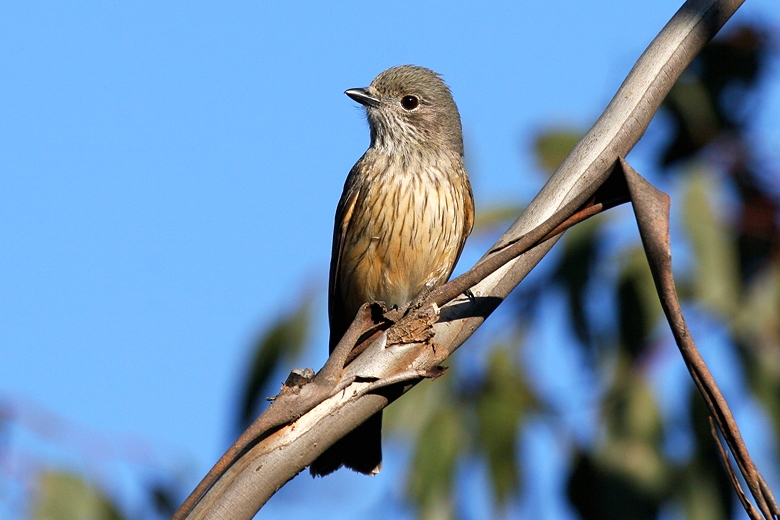
Pachycephala rufiventris
SUBFAMILY
Pachycephalinae
TAXONOMY
Sylvia rufiventris Latham, 1801, Sydney, New South Wales,
Australia. Five subspecies.
OTHER COMMON NAMES
English: Rufous-breasted whistler; French: Siffleur itchong;
German: Schlichtmantel-Dickkopf; Spanish: Chiflador Rufo.
PHYSICAL CHARACTERISTICS
6.5–7.1 in (16.3–18.1 cm); 0.7–1.0 oz (20–27 g). Gray with rufous
underparts and white patch on throat.
DISTRIBUTION
P. r. rufiventris: east, central, west and south Australia; P. r.
pallida: northeast Australia; P. r. minor: Melville and Bathurst
Islands; P. r. falcata: northwest and north central Australia; P.
r. xanthetraea: New Caledonia.
HABITAT
Open eucalypt forest and woodland, drier woodland and scrubs.
BEHAVIOR
Territorial. Very vocal during breeding and can be stimulated
into bouts of singing by sudden loud noises. Tame, easily attracted
by whistling. Migratory in southeast Australia; elsewhere
partly migratory, nomadic, or sedentary.
FEEDING ECOLOGY AND DIET
Forages sedately in middle to upper vegetation layers for insects,
spiders, and berries.
REPRODUCTIVE BIOLOGY
Breeds Sep.–Feb., one or two broods per season. Female builds
nest, but both sexes incubate and care for young. Nest is a
bowl of twigs and grasses, bound with spider web, and lined
with grass and rootlets; it is placed up to 33 ft (10 m) above
ground. Eggs, usually two or three in a clutch, are light olivegreen
with dark brown and lavender-gray blotches. Incubation
15 days.
CONSERVATION STATUS
Not threatened. Common and widespread.
SIGNIFICANCE TO HUMANS
None known.
Other popular Animals
Photo Gallery of - Rufous whistler
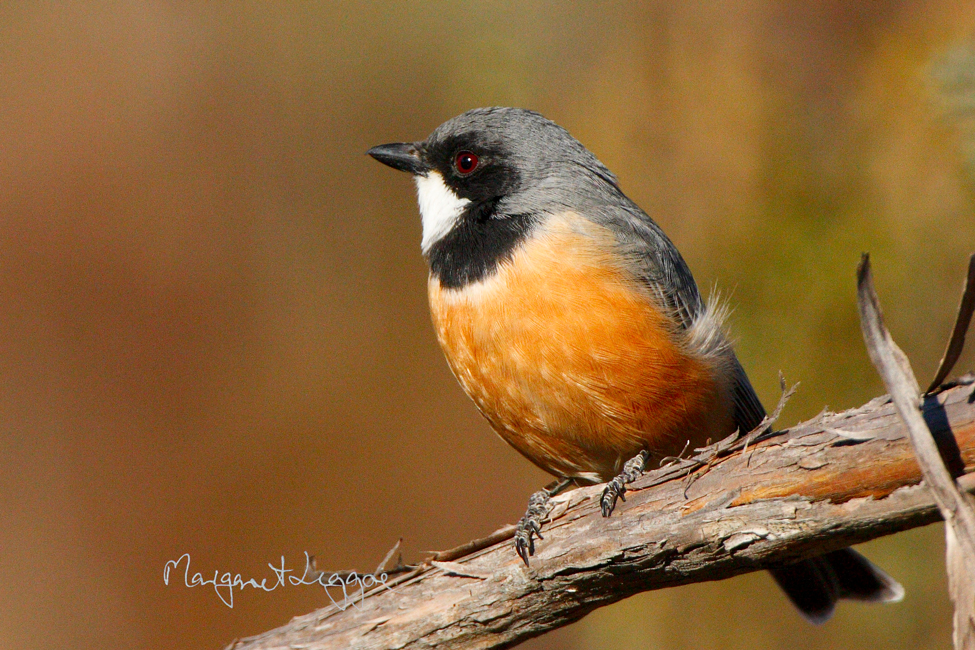
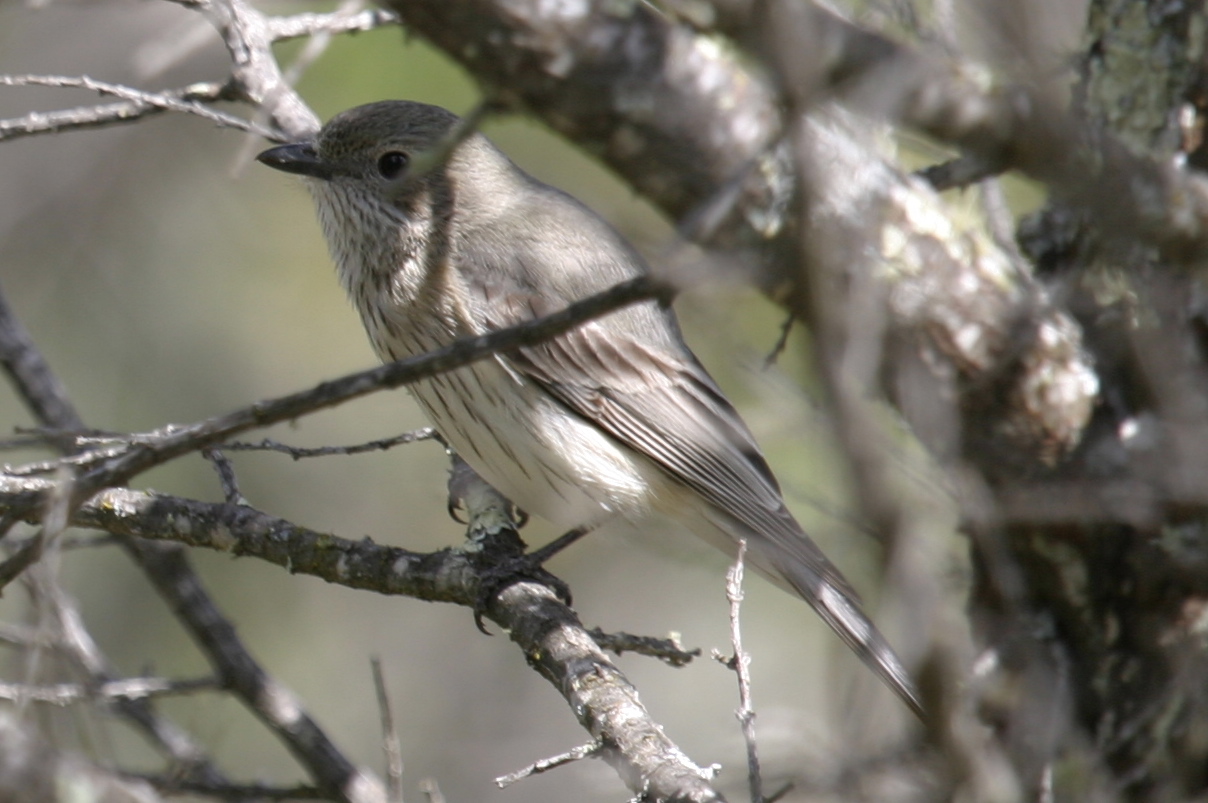
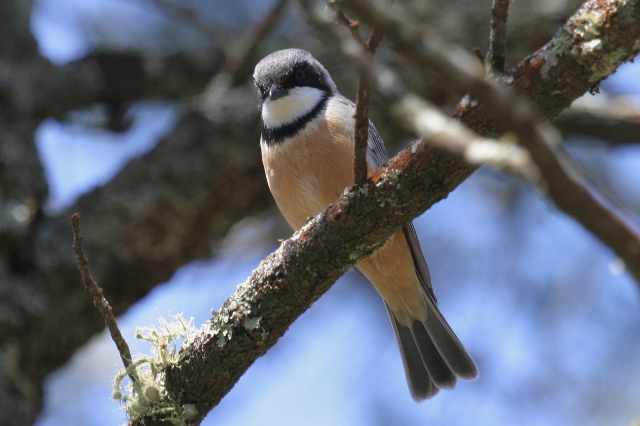
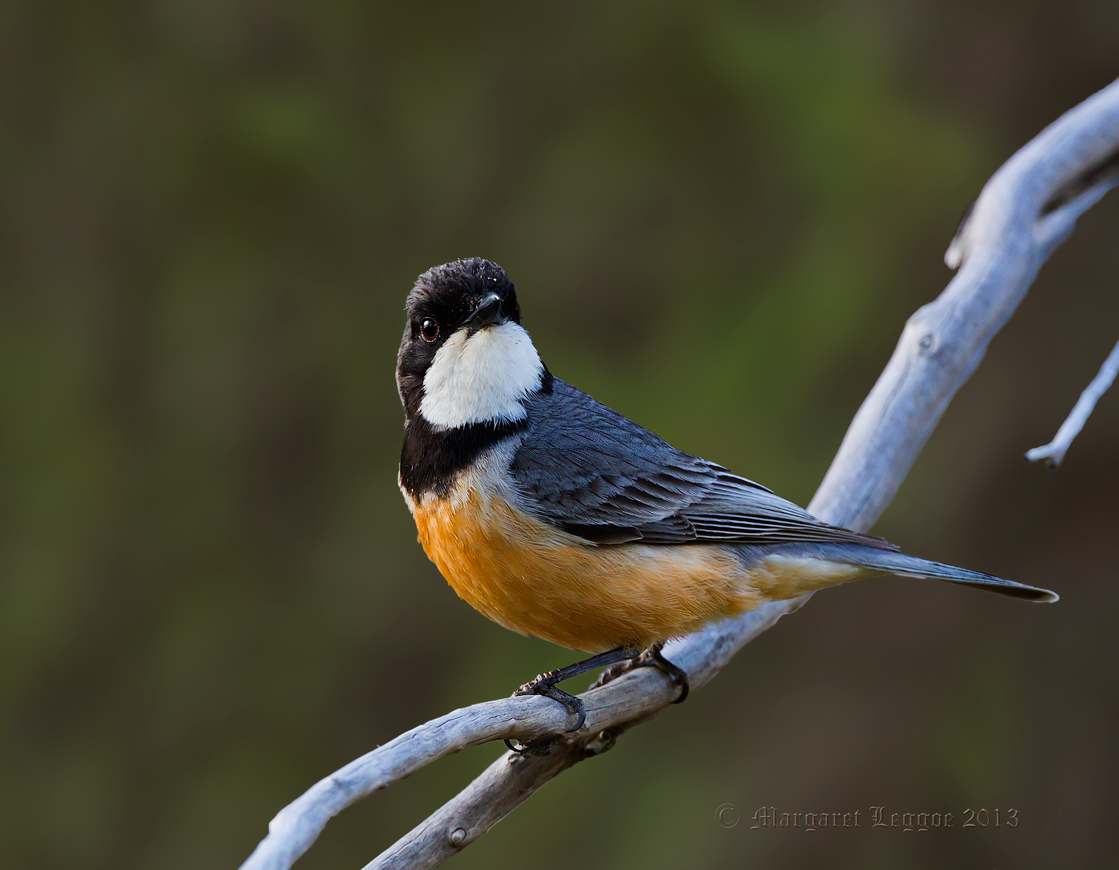
 Animalia Life
Animalia Life